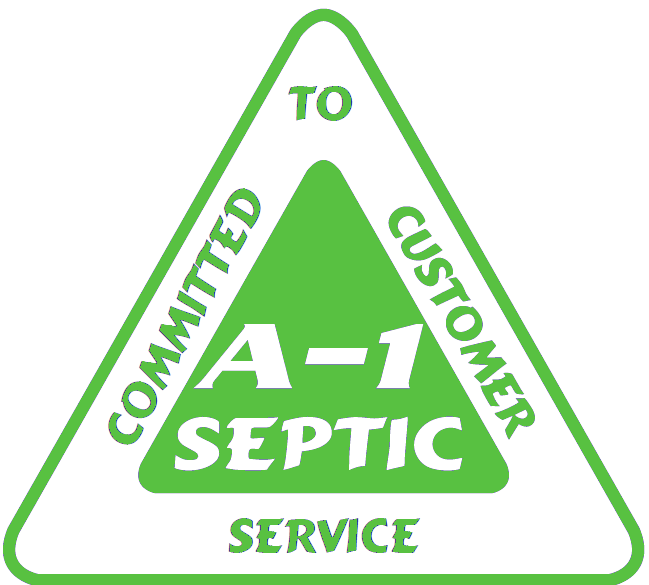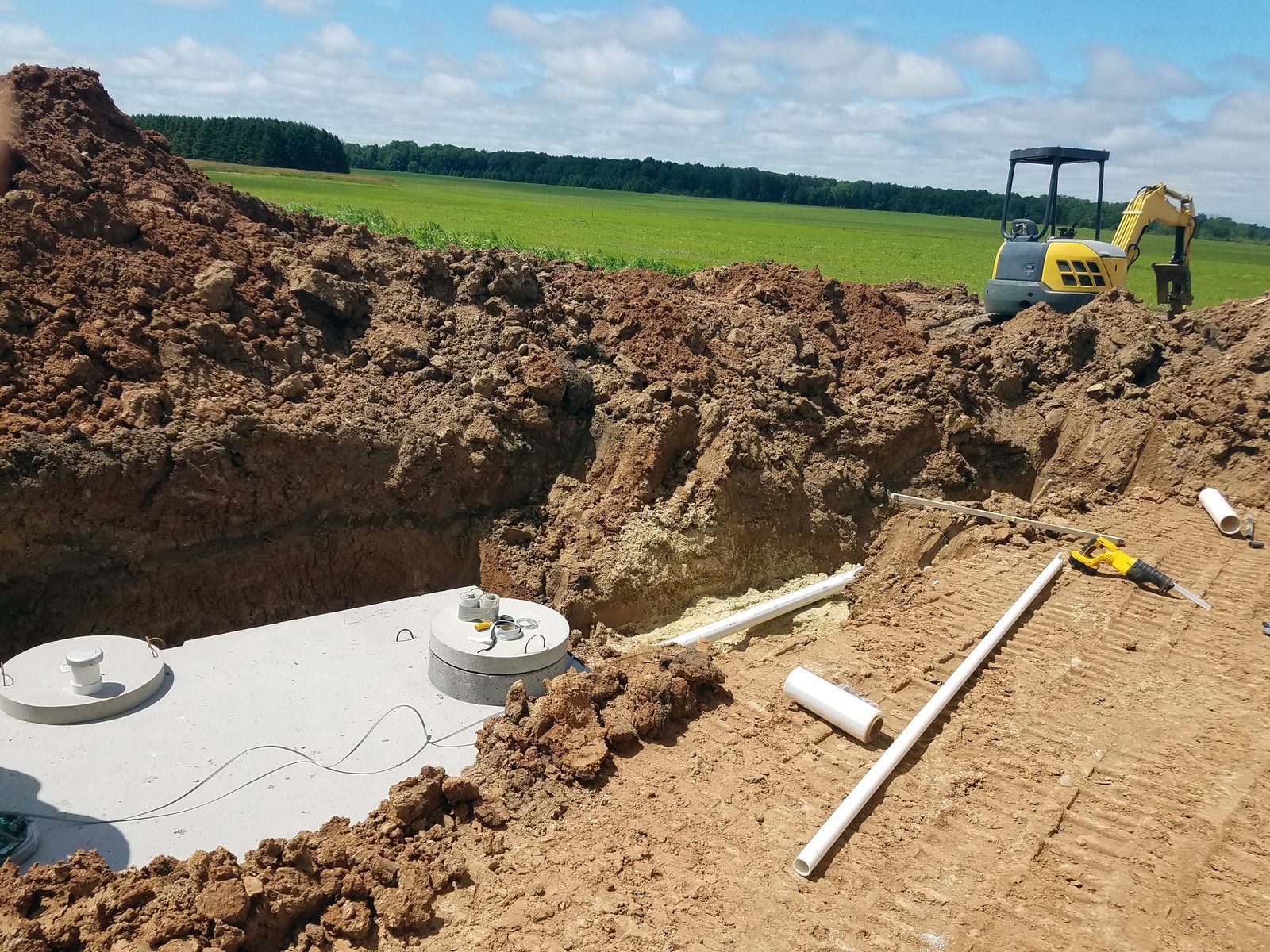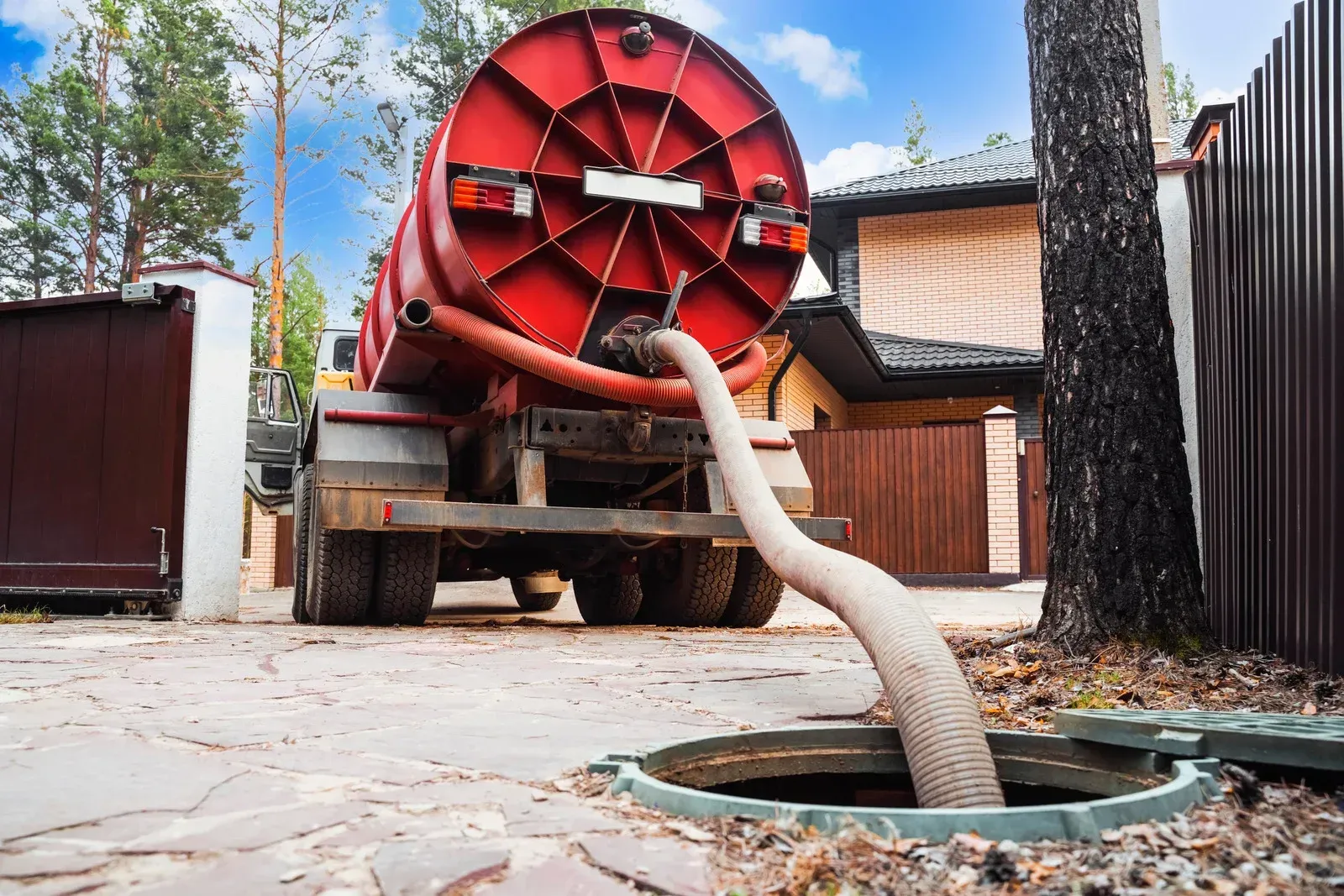A Comprehensive Guide to Septic Tank Installation Options
Septic tank installation is a crucial aspect of managing wastewater for properties not connected to a centralized municipal sewer system. This comprehensive guide aims to provide clear and straightforward insights into the various options and steps involved in
septic tank installation.
Understanding Septic Tank Systems
Septic systems typically have two main components: the septic tank and the drain field. The septic tank separates solid waste from wastewater, while the drain field, also known as the leach field, disperses the wastewater into the soil for natural filtration and treatment.
Choosing the Right Septic Tank
Septic tanks are made from various materials, including plastic, fiberglass, and concrete. Each material has its pros and cons regarding durability, cost, and suitability for different soil types and environmental conditions. The size of the tank will depend on the number of occupants in your home and your water usage patterns.
Site Considerations for Septic Tank Installation
Local regulations, property topography, and soil conditions govern the location of your septic tank. Ideal sites for septic systems are typically on level ground to prevent flooding and seeping, away from steep slopes and dense tree roots, and at a safe distance from the house and other structures. Like sandy soil, the soil should ideally be absorbent to facilitate effective wastewater treatment.
Permits and Regulations
Before installation, you must secure the necessary permits from your local governing body. Regulations vary by location, so it’s important to check with your local regulatory agency. This step ensures that your septic system does not pose environmental hazards and complies with all safety standards.
Installation Process
The installation process involves digging a large hole for the tank, ensuring that the tank sits level and is properly sealed to prevent groundwater contamination. The drain field also requires careful planning and installation, which is crucial in dispersing and treating wastewater.
Hiring a Professional Contractor
For a successful installation, hiring a professional contractor experienced in soil testing and septic installation is often recommended. A skilled contractor will be familiar with local regulations and appropriate installation techniques and can handle any unexpected challenges during installation.
Maintenance and Care
Proper maintenance is essential for the longevity and effectiveness of your septic system. Regular inspections, pumping, and cleaning of the tank are necessary to prevent clogs and backups. It’s also important to be mindful of what you flush or pour down the drain, as certain substances can disrupt the bacterial balance necessary for waste breakdown.
Conclusion
Installing a septic tank is a significant investment in your property’s infrastructure. It requires careful planning, adherence to local regulations, and professional expertise. By understanding the key aspects of septic tank installation and maintenance, you can ensure a functional and efficient system that will serve your property well for many years.





